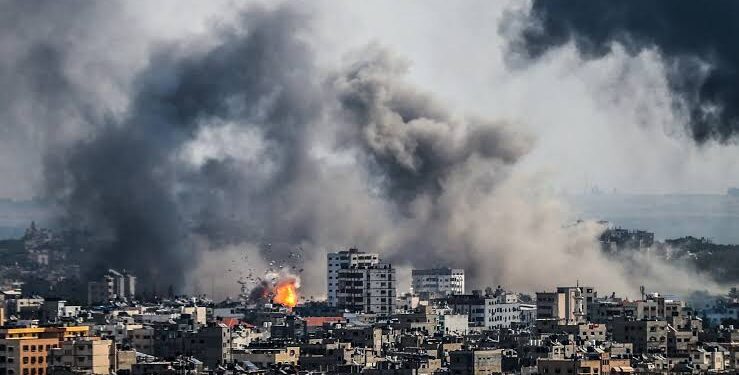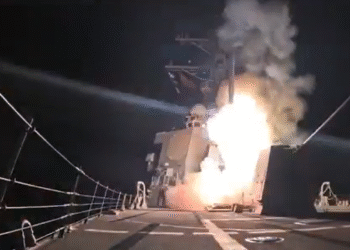Israel carried out its first airstrike in northern Lebanon on Saturday, killing Hamas commander Saeed Attallah Ali, his wife, and their two daughters. The attack targeted their home in the Beddawi camp near Tripoli, marking a significant shift in Israel’s military operations in the region.
From Southern to Northern Lebanon
Previously, Israel’s strikes had been concentrated in southern Lebanon, focusing on Hezbollah positions near its border. However, the Saturday strike indicates a broader military campaign, extending operations further inland. This expansion suggests a possible shift in Israel’s military strategy as it moves beyond border regions and targets areas deeper into Lebanon.
Escalating Tensions in Beirut
Explosions were reported early Saturday in Dahiyeh, a Hezbollah stronghold in the southern suburbs of Beirut. Prior to the strikes, residents were reportedly warned to evacuate, though the number of civilians who complied remains unclear. This follows a pattern of precision strikes by the Israeli Defense Forces (IDF), aiming to minimize civilian casualties while focusing on military targets.

Israeli Strikes on Hezbollah Positions
Saturday’s escalation follows Israeli airstrikes on Friday, which targeted Hezbollah’s intelligence headquarters in southern Beirut. These strikes were reported to have killed senior Hezbollah military figures. Additionally, Israeli forces hit a mosque near Salah Ghandour Hospital in southern Lebanon, claiming that it was being used as a command center by Hezbollah.
Implications of Israel’s Expanded Military Strategy
The latest airstrike in northern Lebanon signifies a potential shift in Israel’s approach, moving from localized operations near the border to a broader campaign that targets Hamas and Hezbollah commanders further inland. This escalation reflects the intensifying nature of the conflict, with Israel focusing on disrupting command structures and eliminating key militant figures.













